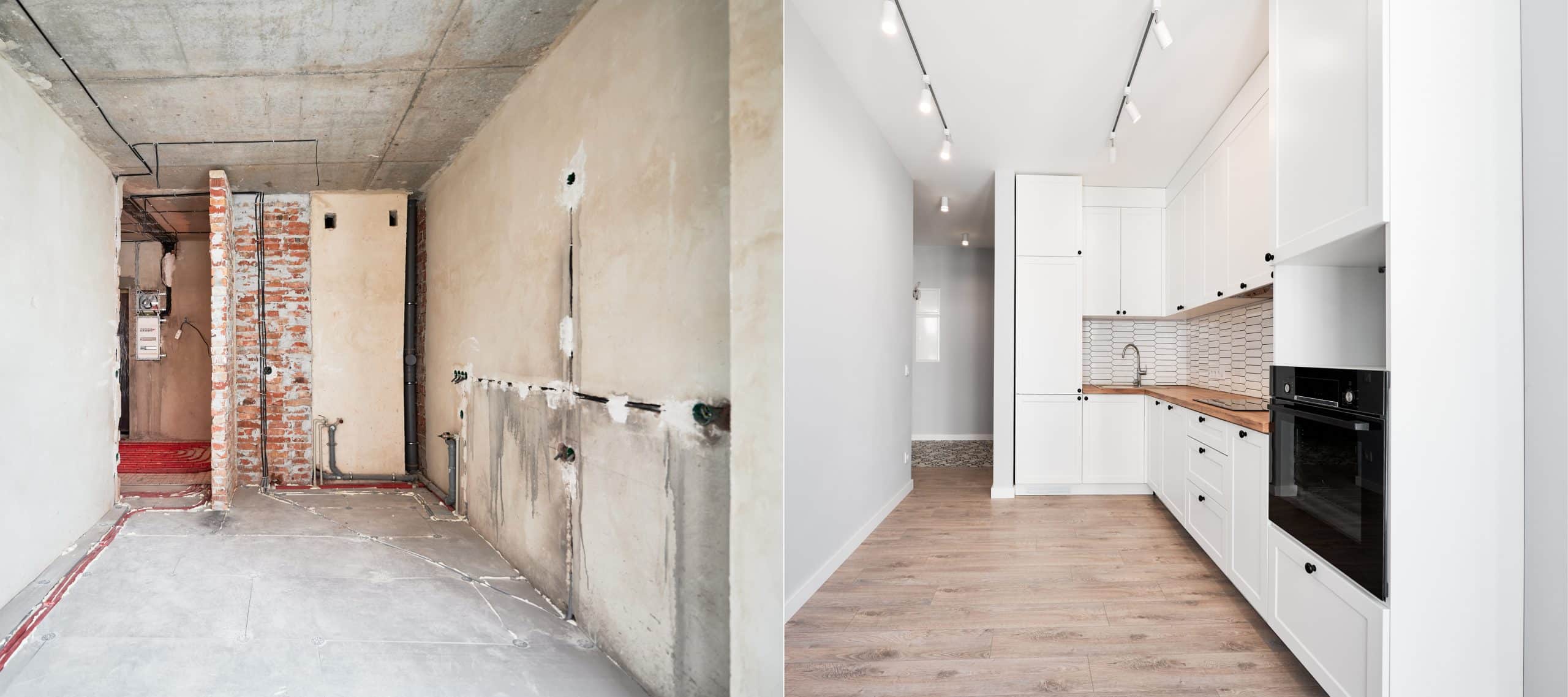What’s the Best Method to Preserve the Character of a Georgian Home While Updating for Energy Efficiency?

In the quest for energy efficiency, many homeowners grapple with the challenge of updating their homes without sacrificing their unique heritage and character. This is particularly true for Georgian homes, historic buildings known for their distinctive design and classical beauty. Balancing the need for modern efficiency with the demand for preservation might seem daunting at first. However, with the right approach and materials, it is entirely possible. In this article, we’ll explore how you can successfully retrofit your Georgian home for energy efficiency without compromising its historic charm.
Understanding the Georgian Design
Before we can delve into the methods of updating your Georgian home for energy efficiency, it’s important to understand the unique design elements of these historic buildings. Georgian homes, named after the four British monarchs of the House of Hanover — George I, George II, George III, and George IV — who reigned in succession from 1714 to 1830, are characterized by their symmetrical design, multi-pane windows, and decorative embellishments.
Also to read : 5 Key Landscaping Tips for Home Builders
The windows are a particular point of note, as they were commonly single-glazed in the Georgian era, a far cry from the double or triple-glazed windows commonly used in modern buildings for energy efficiency. However, these windows contribute significantly to the unique character of Georgian architecture, and replacing them with modern alternatives can dramatically alter the building’s appearance.
Insulation and Window Efficiency
When it comes to energy efficiency, the first area that you’ll likely want to address in your Georgian home is insulation. Many older homes are notorious for their lack of insulation, leading to significant heat loss and higher heating costs. However, there are numerous ways you can enhance the insulation in your Georgian home without detracting from its architectural integrity.
Have you seen this : How to Design a Compact Crafting Area for Scrapbooking Enthusiasts?
One effective method is to install secondary glazing to the existing windows. This process involves adding a second layer of glass or clear plastic on the inside of the existing window. By doing so, you can significantly improve the insulation and energy efficiency of your old windows without altering their outward appearance.
Moreover, you could consider using sustainably sourced insulation materials, such as sheep’s wool or recycled newspaper, to insulate the roof and walls. These materials can be gently inserted into wall cavities and lofts without causing any damage to the building structure.
Efficient Heating Systems
Heating is another significant area to consider when trying to improve the energy efficiency of your Georgian home. Traditional heating systems in these buildings can be highly inefficient, leading to unnecessary energy waste and higher costs.
One way to address this is by installing a modern, high-efficiency boiler which will use less energy to heat your home. Another option is to install underfloor heating which can be more efficient than traditional radiators, especially when combined with high-quality insulation.
Moreover, you could consider incorporating renewable energy solutions, such as solar panels or ground source heat pumps. While these installations might require some initial investment, they can significantly reduce your energy bills in the long run and contribute to a more sustainable future.
Wise Use of Materials and Layout
The materials used in the construction and decoration of your home can also play a significant role in its energy efficiency. For instance, choosing sustainable or reclaimed materials for any repairs or renovations can help reduce the environmental impact of your home.
As for the layout of the rooms, you can take advantage of natural light and heat by careful positioning of furniture. By placing seating areas, workspaces, and beds near windows, you can reduce the need for artificial lighting and heating.
Preserving the Character
While all these updates and renovations aim to improve your Georgian home’s energy efficiency, it’s crucial to ensure that they don’t detract from the building’s original character. After all, part of the appeal of living in a Georgian home is the sense of history and heritage it provides.
In conclusion, the journey to a more energy-efficient Georgian home doesn’t have to mean sacrificing its charm and character. With careful planning, the right materials, and respect for the original design and layout, you can successfully blend modern efficiency with historical beauty.
The Role of Renewable Energy Sources
Embracing renewable energy sources is another effective method to ensure the energy efficiency of your Georgian home. This can be achieved through the installation of solar panels or ground source heat pumps. Solar panels are an excellent way to generate your own electricity, helping to drastically reduce your energy bills and carbon footprint. Ground source heat pumps, on the other hand, use the natural heat from the ground to warm your home, offering a sustainable alternative to traditional heating systems.
While the initial investment for these installations may seem high, they offer significant long-term cost savings. Moreover, they help combine the charm of heritage buildings with the benefits of modern energy solutions. The installation of these renewable energy sources need to be done thoughtfully to ensure they don’t detract from the aesthetic appeal of your Georgian home. For instance, solar panels can be installed on less visible parts of the roof or in your garden.
Maximizing Energy Efficiency in the Kitchen Design
The kitchen is often the heart of the home and is also a place where you can make significant energy efficiency strides. A well-thought-out kitchen design can help you save energy without compromising on the character of your Georgian home.
When renovating your kitchen, selecting energy-efficient appliances is a good starting point. Opt for appliances with high energy ratings, as they use less electricity than their less efficient counterparts. You can further improve energy efficiency by installing LED lighting, which uses less energy and lasts longer than traditional bulbs.
Consider the placement of your appliances as well. The refrigerator, for instance, should be placed away from the oven or stove to prevent it from working harder to stay cool, hence, consuming more energy.
Concluding Thoughts on Updating Georgian Homes for Energy Efficiency
Achieving energy efficiency in a Georgian home without losing its unique character might seem like a daunting task. However, with the right house plans, design installation, choice of materials, and understanding of energy sources, it is possible!
Understand that the process of updating your Georgian home for energy efficiency is a journey and not a destination. It’s about making smart choices that respect the heritage of the building while embracing modern energy-saving technologies. Bear in mind the costs and what budget you’re working with, and remember that many improvements, such as installing renewables, offer long-term savings.
In conclusion, this complete guide serves to show that you can indeed marry the old with the new. By considering the unique features of your Georgian home, such as the windows and doors, and the insulation possibilities, you can make your home more energy-efficient. By incorporating renewable energy sources and considering energy efficiency during kitchen design, you can significantly lower your energy usage.
Preserving the character of your Georgian home while improving its energy efficiency is not just about reducing energy bills or contributing to sustainability. It’s about enhancing the comfort, value, and longevity of your treasured home. With these conversions and renovations, your historic Georgian home will continue to charm, impress, and serve you efficiently for many more years to come.
